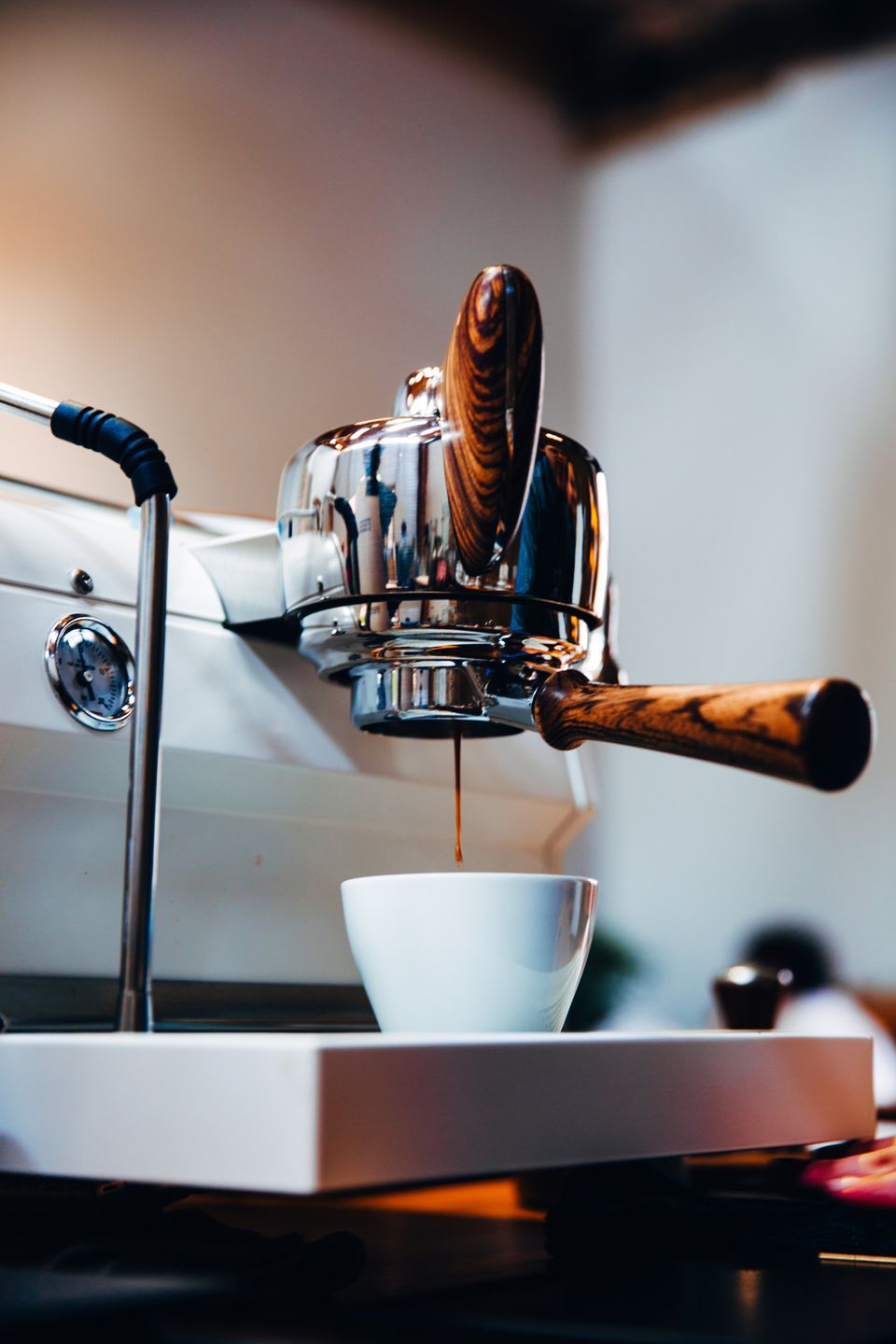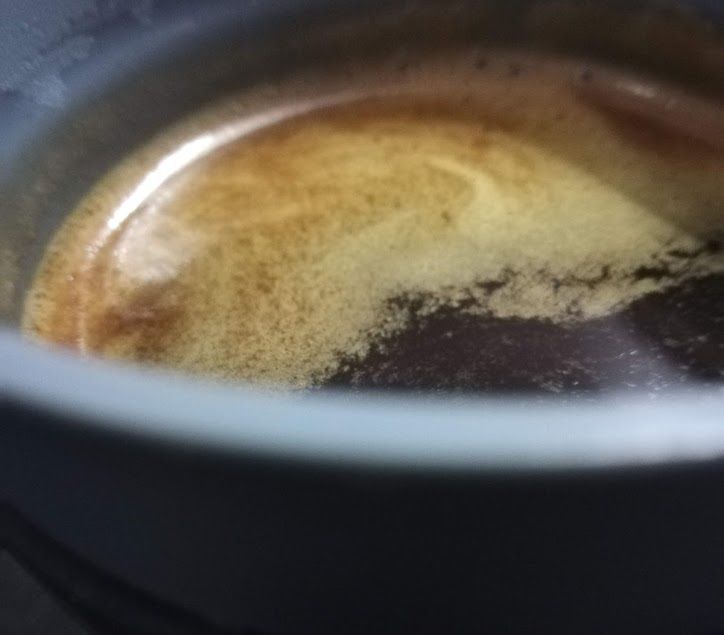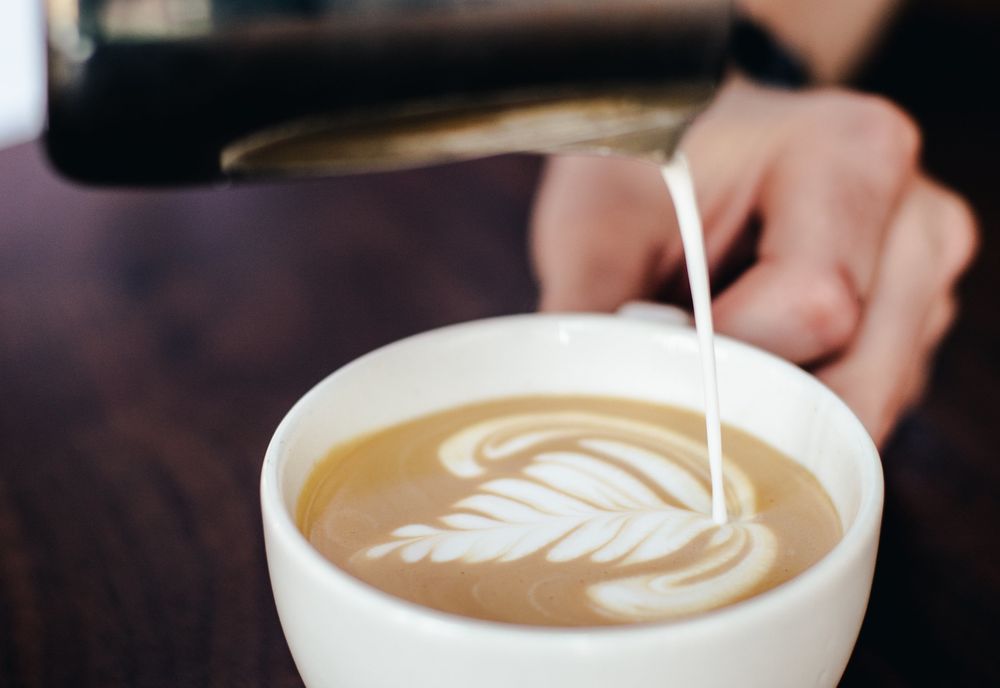on
Reading time: 3 minutes and 4 seconds.
How to Brew Good Espresso At Home - Part 1, the machine.

With the right espresso machine and grinder, making a cafe-quality espresso at home is easy.
(A good cup of) Espresso is sometimes seen as a glamorous drink only served in specialty coffee shops, but it is actually quite easy to make at home.
Espresso machines range from simple and cheap to complicated and expensive.
A quality espresso machine, with the help of a good grinder will brew espresso with a rich, syrupy texture as well as the perfect balance of flavor and body. It doesn’t have to be expensive. Although some of the ones on the higher end tend to produce great results, Pairing a great grinder can turn a cheaper, more entry-level machine into something that can consistently produce coffee that is the envy of your neighborhood cafe’s baristas.
How to select what the right pair of espresso machine and grinder is for you:
If you are a beginner or you are intimidated by experimentation and new technology, select a super automatic espresso machine.Superautomatics usually come with a built in grinder; you just put in fresh beans, press a button or two and voila! a decent shot of espresso is ready for consumption.
Most superautomatics will let you tweak grind size and other settings to try and produce better coffee. With superautomatics, there is a very small learning curve and you will be brewing good (but maybe not great) espresso at home in no time.
Ok, that’s out of the way, now lets say you are a serious coffee drinker who wants to pull shot after shot of the best espresso you have ever had, and you want to do that at home. You will want a manual/automatic espresso machine. We’ll split your options among these into two categories, depending on whether you enjoy pure shots of unadulterated espresso, or you enjoy your coffee as lattes, cappuccinos or other milk-based drinks.
For the straight up espresso lover, the choice is easy, get a single boiler espresso machine.

Americano? A single boiler is everything you need.
you want to look for one that offers the best possible temperature stability - A stable temperature ensures even extraction and results in a rich, flavorful espresso. When your machine can not maintain temperature stability, it will result in either under-extracted - watery, acidic coffee or over-extracted - bitter, dull and flavourless coffee that sometimes tastes burnt.
Single boiler machines can usually also steam milk, but you have to switch the boiler to steaming mode after brewing coffee, wait for it to get up to temperature, it is a hassle - so we’d recommend a single boiler for those who like their espresso shots and occasional americanos.
If you like lattes or cappuccinos, you may want to consider a dual boiler machine or a heat exchange espresso machine.

Love latte, latte art? Dual Boiler or HX machines are the way to go.
Dual boiler machines have two boilers, you get both a boiler for steam and a separate one for espresso brewing. Dual boiler machines are capable of brewing espresso and steaming milk at the same time. Heat exchange (HX) machines can also brew and steam at the same time. While they come with just one boiler, it is calibrated for steaming milk, a tube which passes through this boiler, carries fresh water which gets heated up to brewing temperature as it reaches the brew-group. Heat exchange machines aren’t as temperature stable as dual boiler ones, but with practice, you can learn ‘flush’ the brew group just the right amount before starting to brew your coffee to get the perfect brewing temperature.
So there you have it, three types of machines to consider - Single boiler, dual boiler, and heat exchangers for those serious about home espresso brewing and superautomatics for people just wanting a good cup of joe at the press of a button.
The above is only part of the whole, for part 2 , we will cover the other, and arguably more important half of home espresso - choosing a grinder that matches your espresso machine.